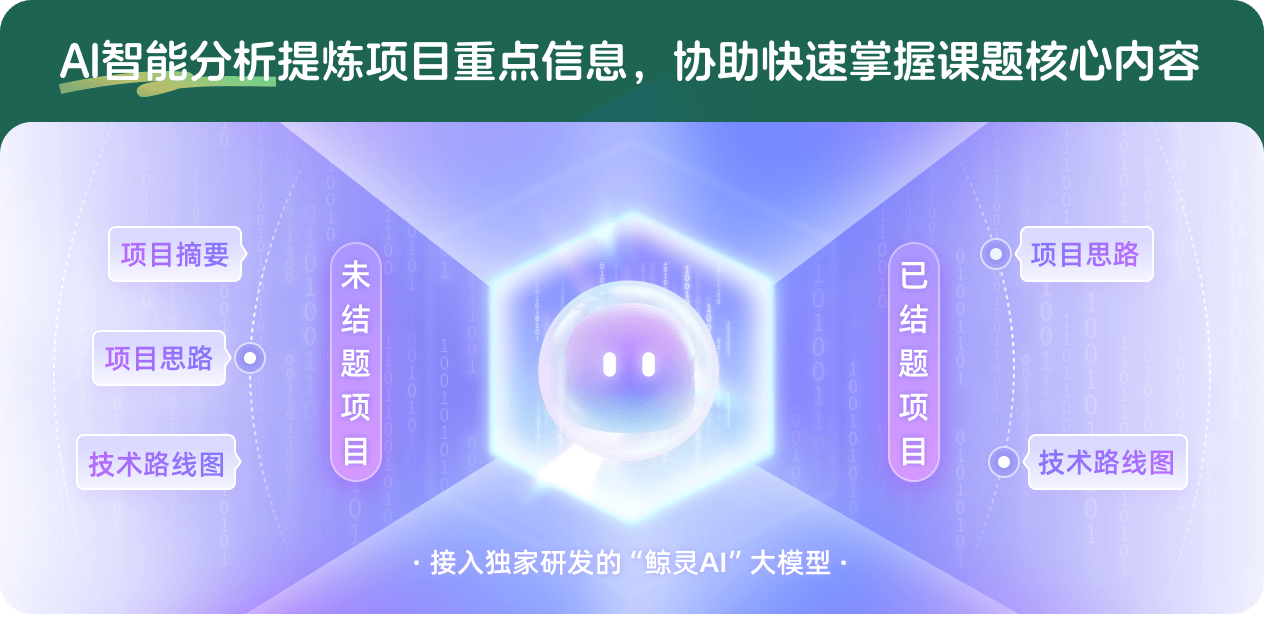电针对水杨酸钠耳鸣模型大鼠中枢听觉系统的影响及机制研究
项目介绍
AI项目解读
基本信息
- 批准号:81303030
- 项目类别:青年科学基金项目
- 资助金额:23.0万
- 负责人:
- 依托单位:
- 学科分类:H3118.中医针灸学
- 结题年份:2016
- 批准年份:2013
- 项目状态:已结题
- 起止时间:2014-01-01 至2016-12-31
- 项目参与者:董杨; 宋海燕; 赵宇平; 赵培; 徐划萍; 郭春荣;
- 关键词:
项目摘要
Acupuncture is a traditional treatment for tinnitus, but the mechanisms need to be further illuminated. This project aim to investigate and discuss the efficacy and mechanism of acupuncture as a possible cure for tinnitus. We select the acupoints Tinggong + Yifeng or Waiguan + Zhongzhu, for they are the basic acupoints in the clinical treatment. We construct the chronic tinnitus model by systemic sodium-salicylate treatment to the rats for continuous 5 days. Using the gap prepulse inhibition acoustic startle reflex (GPIAS) , we inspect the effect on the tinnitus-related behavior with or without electroacupuncture. By using the electrophysiological extracellular recording, we inspect the influence of electroacupuncture on the tinnitus-related abnormal neural electro-activity in the central auditory pathway, both the spontaneous and sound-evoked responses, including the spontaneous firing rate (SFR),frequency-level recptive field(FLRF),intensity tuning curve(ITC) and the poststimulus time histogram(PSTH) of the auditory neurons in auditory cortex (AC), medial geniculate body (MGB) and the inferior colliculus (IC). We also record the spontaneous and sound-evoked responses after nucleus accumbens (NAc) electro-stimulation to explore what role the limbic system might play in the electroacupuncture treatment. Finally,by using Western-blot and real time-PCR, fluorescent immunohistochemistry technics, we quantify the changes of certain molecules which might serve as the mechanisms that underly the effects of the electroacupuncture treatment. The molecules include the immediate early gene c-fos and arc/arg 3.1,the brain-derived neurotrophic factor (BDNF), the N-methyl-D-aspartate (NMDA) receptor and gamma-aminobutyric acid A (GABAA) receptor in the auditory brain and limbic system.
以慢性水杨酸钠大鼠为耳鸣模型,选取临床治疗耳鸣基本穴位听宫+翳风,外关+中渚。采用声惊吓反射前脉冲抑制行为测试(GPIAS),考察电针穴位对水杨酸钠大鼠耳鸣相关行为的影响效应;以神经电生理学研究方法,考察电针穴位对中枢听觉系统听皮层(AC)、内侧膝状体(MGB)及下丘(IC)自放电率(SFR)、频率强度感受野(FLRF)、强度调谐曲线(ITC)及刺激后放电直方图(PSTH)的影响效应;并通过电刺激边缘系统核团伏隔核(NAc),考察水杨酸钠大鼠AC、MGB及IC的自反反应及听诱发反应的变化;以免疫荧光组化、Western-blot、real time-PCR方法,考察及早基因c-fos、arc/arg 3.1及脑源性神经营养因子(BDNF),NMDA受体及GABAA受体等分子标记在听脑及边缘系统的空间分布及表达量的变化,探讨电针穴位对水杨酸钠大鼠产生影响的细胞分子机制。
结项摘要
本研究以水杨酸钠大鼠为耳鸣模型,研究电针穴位治疗耳鸣的有效性及相关机制。采用前脉冲声惊吓抑制反射(gap prepulse inhibition acoustic startle reflex ,GPIAS)行为学研究法,结果表明电针耳区穴位听宫+翳风可改善水杨酸钠大鼠耳鸣相关行为,提示电针穴位治疗耳鸣的客观有效性。听性脑干诱发电位(auditory brainstem response,ABR)研究表明,电针穴位可改善水杨酸钠大鼠ABR,这种影响效应具有穴位特异性,电针耳区穴位听宫+翳风穴效果优于前肢穴位外关+中渚及后肢穴位足三里+三阴交。神经电生理研究表明,电针听宫+翳风可改善水杨酸钠大鼠听皮层神经元噪声及纯音阈值,电针对高频区神经元的影响具有延后性。本项目研究结果提示,电针穴位可改善耳鸣,其作用机制可能与改善听觉神经中枢功能有关。
项目成果
期刊论文数量(1)
专著数量(0)
科研奖励数量(0)
会议论文数量(0)
专利数量(0)
电针不同穴位对水杨酸钠大鼠听性脑干诱发电位的影响
- DOI:--
- 发表时间:2016
- 期刊:上海针灸杂志
- 影响因子:--
- 作者:彭垠婷;施建蓉;宋海燕;董杨
- 通讯作者:董杨
数据更新时间:{{ journalArticles.updateTime }}
{{
item.title }}
{{ item.translation_title }}
- DOI:{{ item.doi || "--"}}
- 发表时间:{{ item.publish_year || "--" }}
- 期刊:{{ item.journal_name }}
- 影响因子:{{ item.factor || "--"}}
- 作者:{{ item.authors }}
- 通讯作者:{{ item.author }}
数据更新时间:{{ journalArticles.updateTime }}
{{ item.title }}
- 作者:{{ item.authors }}
数据更新时间:{{ monograph.updateTime }}
{{ item.title }}
- 作者:{{ item.authors }}
数据更新时间:{{ sciAawards.updateTime }}
{{ item.title }}
- 作者:{{ item.authors }}
数据更新时间:{{ conferencePapers.updateTime }}
{{ item.title }}
- 作者:{{ item.authors }}
数据更新时间:{{ patent.updateTime }}
其他文献
弱背景噪声对大鼠听皮层神经元频率调谐的影响
- DOI:--
- 发表时间:--
- 期刊:Progress In Biochemistry and Biophysics
- 影响因子:0.3
- 作者:彭垠婷;蒲青;孙心德;张季平
- 通讯作者:张季平
耳聋左慈丸防治庆大霉素诱发大鼠肾耳毒性实验研究
- DOI:--
- 发表时间:2014
- 期刊:上海中医药杂志
- 影响因子:--
- 作者:宋海燕;董杨;王静;彭垠婷
- 通讯作者:彭垠婷
其他文献
{{
item.title }}
{{ item.translation_title }}
- DOI:{{ item.doi || "--" }}
- 发表时间:{{ item.publish_year || "--"}}
- 期刊:{{ item.journal_name }}
- 影响因子:{{ item.factor || "--" }}
- 作者:{{ item.authors }}
- 通讯作者:{{ item.author }}

内容获取失败,请点击重试

查看分析示例
此项目为已结题,我已根据课题信息分析并撰写以下内容,帮您拓宽课题思路:
AI项目摘要
AI项目思路
AI技术路线图

请为本次AI项目解读的内容对您的实用性打分
非常不实用
非常实用
1
2
3
4
5
6
7
8
9
10
您认为此功能如何分析更能满足您的需求,请填写您的反馈:
相似国自然基金
{{ item.name }}
- 批准号:{{ item.ratify_no }}
- 批准年份:{{ item.approval_year }}
- 资助金额:{{ item.support_num }}
- 项目类别:{{ item.project_type }}
相似海外基金
{{
item.name }}
{{ item.translate_name }}
- 批准号:{{ item.ratify_no }}
- 财政年份:{{ item.approval_year }}
- 资助金额:{{ item.support_num }}
- 项目类别:{{ item.project_type }}




















